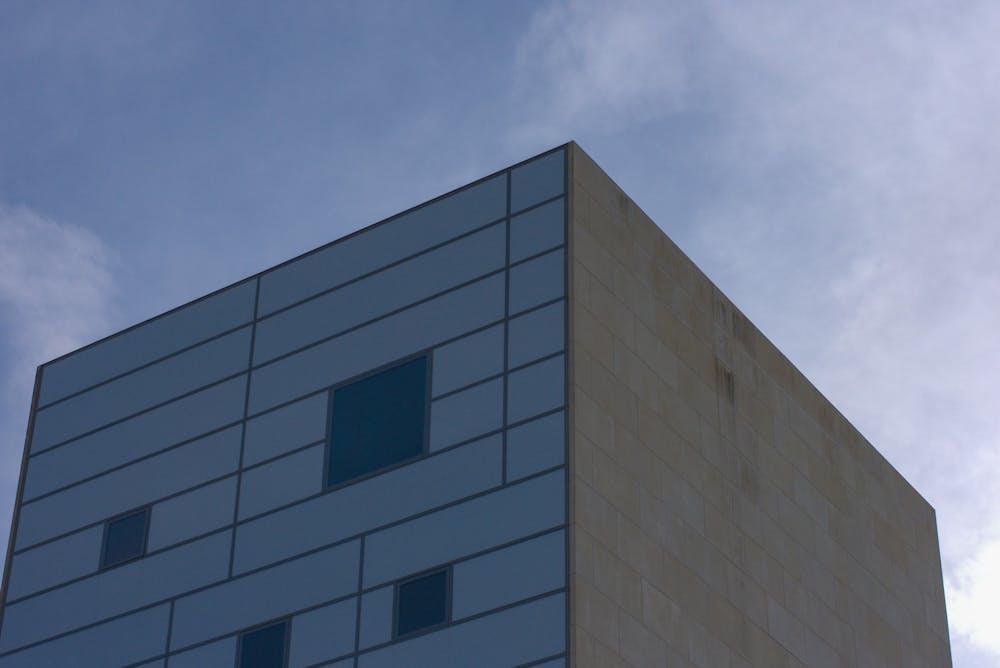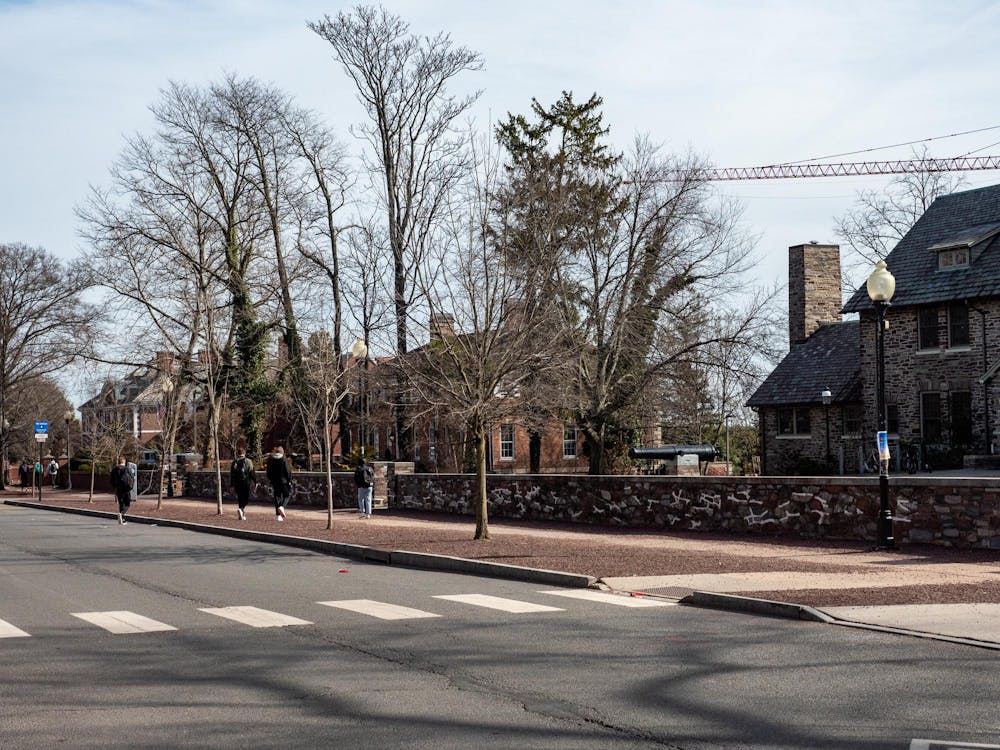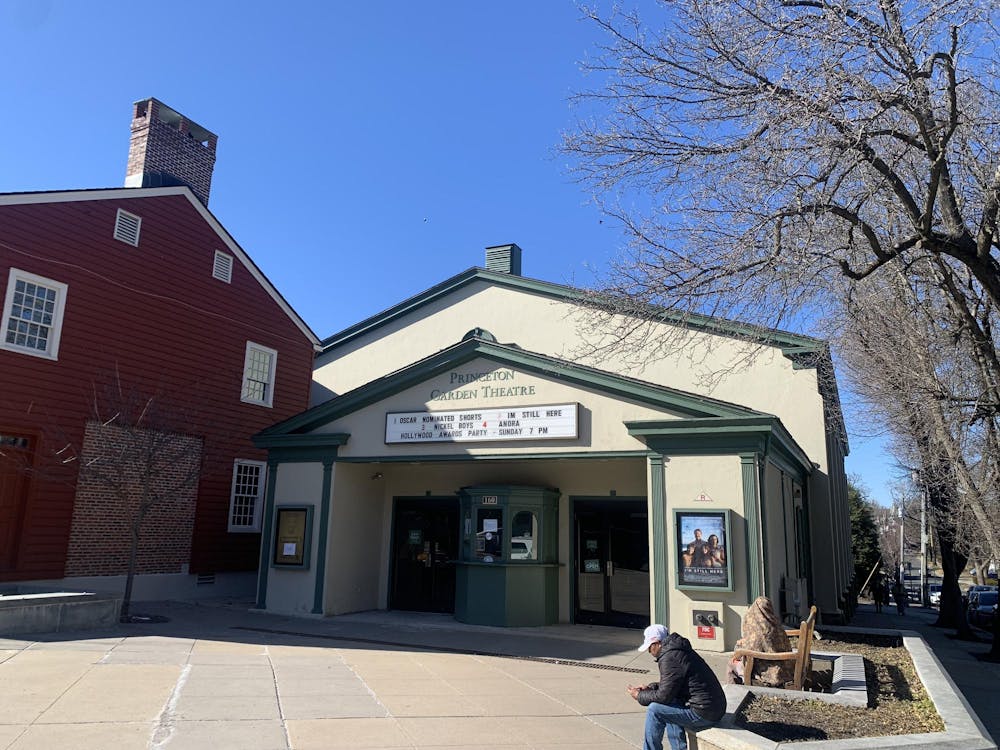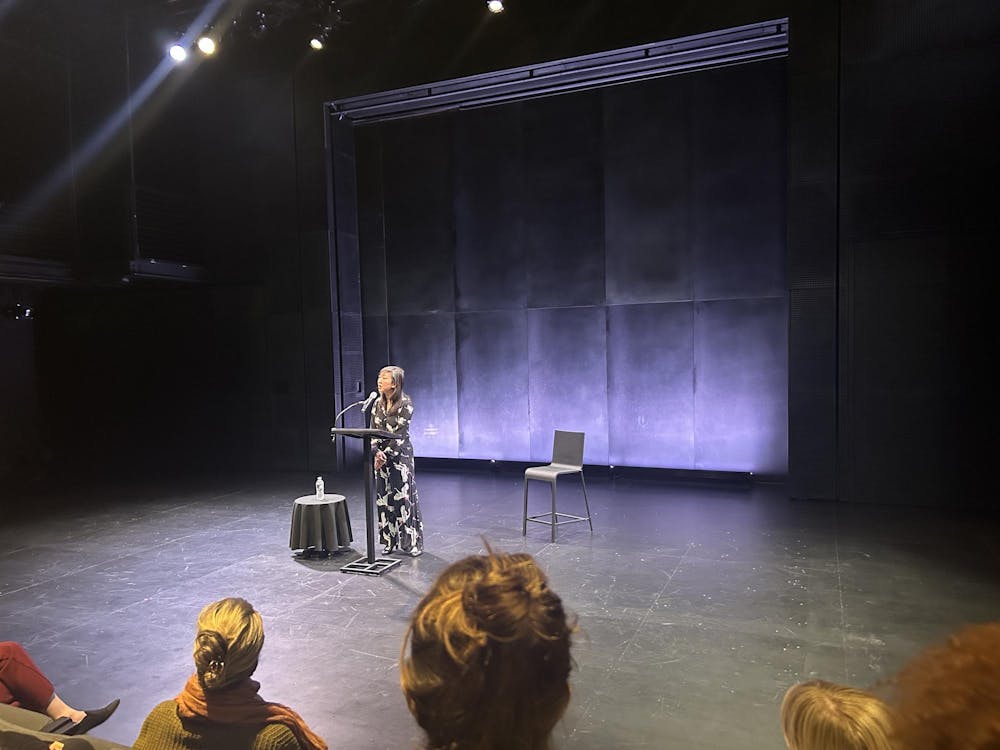Princeton’s student-led dance community boasts more than 15 ensembles, each with unique styles, traditions, and requirements. These groups are known for their professional caliber performances and near-professional time commitments.
In the midst of the pandemic, student concerns about social hierarchy, elitism, and bias toward Western dance styles within the dance community prompted policy changes — specifically, the dissolution of a coalition known as G4. Now, in the first in-person year since the change, dance groups and their members are still adjusting. New logistics surrounding performances and reduced restrictions on membership solved some issues while creating new ones, and in practice, student leaders have not unequivocally embraced the changes.
Until the summer of 2020, four dance groups — Disiac, Black Arts Dance Company (BAC), eXpressions, and BodyHype — made up a coalition known as G4, designed to limit students to participating in only one of the four groups. The G4 groups historically attracted particularly large volumes of auditionees, and often faced issues with dancers trying out for more than one group, leading to conflicts in the admission and rehearsal processes. In turn, the competition to attract talented dancers intensified.
But that summer, in the wake of concerns from student dancers regarding inequity in the dance community, members of G4 voted to disband the coalition. Thus, the rule that students could only join one of the four groups was no longer in effect.
The Performing Arts Council (PAC) is the legislative body — under which the G4 coalition operated — that governs arts administration for a wide range of student arts groups at Princeton.
In the view of PAC’s president emeritus, Sophie Blue ’21, G4 promoted a culture of inequity among dance groups due to unequal distribution of rehearsal and performance dates, times, and venues. PAC allocates performance and rehearsal spaces; companies in G4 received preferable amenities, Blue said, to the detriment of other dance ensembles.
“We had been having a lot of conversations within the arts community about how administrations and structures can support those that do not have the same amount of representation or resources,” Blue said. “There was an uneven distribution of those resources built into the system of how PAC operated.”
This policy change did not have a substantial effect on the subsequent school year, which was online for the first semester and partially in-person for the second semester. But this academic year, fewer COVID-19 restrictions on campus allowed for in-person dance auditions and shows — bringing the growing pains of the new policy to the surface.
The elimination of G4 brought a multitude of structural changes. Previously, per PAC policy, G4 was guaranteed two shows each year in Frist Campus Center. Now, each dance group is guaranteed one show on the Frist stage, and whether or not a group gets a second show is decided by lottery. Performance spaces for second shows are also determined by lottery.
“Now, every group — no matter how big they are, or how long they've been around, or how much money they have in the bank — all have equal opportunity to use the school’s performance spaces,” Blue said.
Molly Gibbons ’22 is a member of BodyHype and Princeton University Ballet. She was the previous PAC vice president, prior to elections this semester. Gibbons was not on the PAC board when the new policies were implemented but explained her understanding of the change.
“The redistribution of the shows was so that no one was given special shows, or special times that they had before, because of tradition,” said Gibbons.

Gibbons also discussed PAC’s aim to give student dancers more freedom by eliminating the constraint of which groups they could join.
“There was a feeling that you needed to let people make their own choices about what their commitments are. For certain people and the styles of dance they do, it didn’t make sense why you couldn't join another group,” said Gibbons. “G4 was making it so that hip-hop dancers couldn’t join, say BAC and BodyHype, or BAC and Disiac, if they wanted to.”
Gibbons noted that the dissolution of G4 was important not only in terms of logistics but also for the relationships between dance groups.
“There was so much animosity between dance groups at times and that wasn’t productive,” she said. “It felt like maybe this system [G4] wasn’t serving us anymore. There was also perceived pressure from PAC and perceived pressure from ODUS at this time to make changes.”
Gibbons also noted that regardless of the policy, she’s grateful that the dance scene is back.
“For me, everyone’s doing shows — coming out of COVID, that feels like a victory,” said Gibbons.
Ben Reinkemeyer ’23 is a member of Disiac and was part of PAC when G4 was dissolved. He felt that the policy change helped eliminate preference given to dance styles largely practiced by and available to white, wealthy students.
“Abolishing G4 was a good start towards making students from all backgrounds feel included in the Princeton dance community,” Reinkemeyer said. “It is important to continue recognizing the inherent bias towards Western styles of dance on campus, so all students can feel like their art and experiences add value.”
For similar reasons, Emma Wang ’23, former president of Disiac dance company, was happy to see G4 disbanded.
“G4 was stupid and elitist,” she said. “I think it was a necessary change.”
But despite her overall support for the change, Wang argued that it caused commotion amongst formerly G4 groups and the University dance community at large, especially due to what she saw as a lack of clarity both from PAC and from ODUS.
“People are upset with how it was handled. It was really hard to navigate. [They didn’t] describe how it would affect [dancers] or what the new policies were,” Wang said.
Every officer that implemented the policy changes has since graduated or is no longer part of PAC. According to Wang, this lack of continuity has been one of the sources of difficulty.
“It has been months. There have been no PAC meetings. We need new policies and guidelines to function, and we are not given them. So we have to ask and push, and [the new leadership] doesn't know what’s going on. Having … Sophie Blue leave, who pioneered this initiative, has been difficult,” said Wang.
Furthermore, overlapping membership between what were previously G4 groups has been a not-always-welcome result of the PAC policy changes. Wang discussed her experiences with dancers who chose to accept spots in both BodyHype and Disiac.
“It is difficult because there was rehearsal overlap,” said Wang. “What’s the point of being in a group if you are going to be inactive for most of it? BodyHype and Disiac are so similar. They’re different communities, but the dancing is the same.”
Although officially, groups cannot bar students from joining other groups, these difficulties have led to the informal emergence of “G2” between Disiac and BodyHype. Each company’s leadership strongly encourages dancers to join only one of these two groups.
According to Wang in a message to The Daily Princetonian, “most knew where they wanted to be,” so the choice was never too complicated. But Blue, who firmly believes that G4 needed to be dissolved, said that she felt disappointed at this development.
“[Disiac and BodyHype] didn’t even give it a full semester on campus,” Blue said. “This social hierarchy, which the dance groups wanted to abolish originally, is exacerbated by the G2.”
Conversations surrounding inequity in Princeton’s dance community are ongoing, but in the meantime, Blue encouraged current leaders to consider the potential benefits of embracing a new system.
“Change is hard, but if you don’t try, you’re not gonna see what is possible,” Blue said.
Katherine Brubaker is a Features contributor. She can be reached at keb2@princeton.edu.









